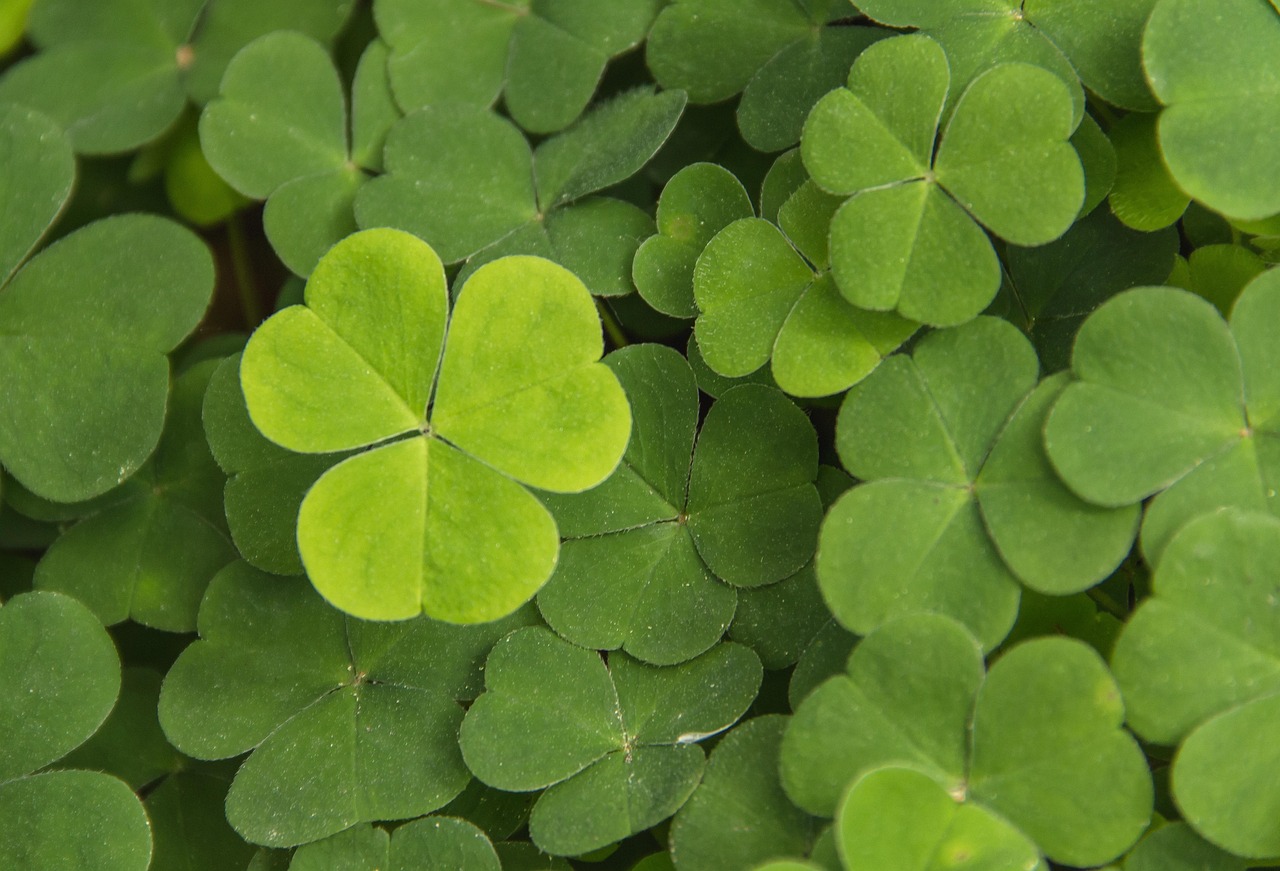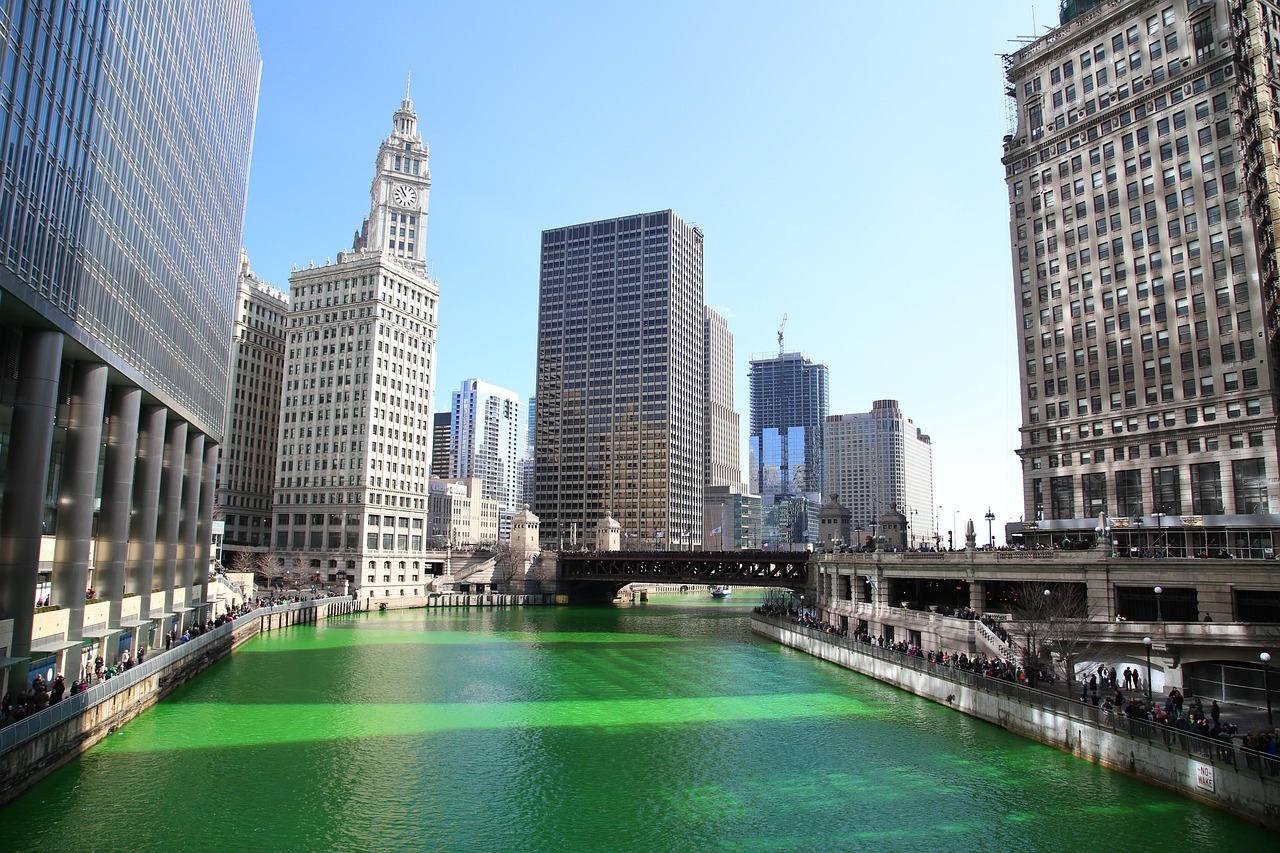St. Patrick’s Day, celebrated on March 17th, has evolved from a solemn religious observance to a global celebration of Irish culture, music, and heritage. While the day is rooted in the history of St. Patrick, the patron saint of Ireland, it has become an event of widespread cultural significance, marked by parades, feasts, and revelry. It is a day when people of all backgrounds come together to honor Ireland’s legacy, while also embracing the universal themes of good fortune, unity, and joy.
The Origins of St. Patrick’s Day
St. Patrick’s Day marks the death of St. Patrick in 461 AD, the missionary credited with bringing Christianity to Ireland. Born in Roman Britain, Patrick was kidnapped by Irish raiders at the age of 16 and taken to Ireland as a slave. After six years, he escaped and returned to his family. Later in life, he returned to Ireland as a missionary, and he played a crucial role in converting the Irish people to Christianity. His influence is so profound that he became the patron saint of Ireland.
The day was first recognized as a feast day in the early 9th century, but it wasn’t until the 18th century that it became a widespread public celebration. St. Patrick’s Day was originally observed as a religious occasion with church services, and for centuries, the day was more somber than festive. Over time, however, the day began to incorporate secular celebrations, and it evolved into the lively cultural event it is today.

The Symbols of St. Patrick’s Day
St. Patrick’s Day is characterized by several symbols, many of which have deep connections to Irish heritage. The most famous of these is the shamrock, a small, three-leafed plant. According to legend, St. Patrick used the shamrock to explain the concept of the Holy Trinity (Father, Son, and Holy Spirit) to the Irish people. The shamrock has since become synonymous with both St. Patrick and Ireland itself, and it is a common emblem worn on the holiday.
Another iconic symbol of St. Patrick’s Day is the leprechaun, a mischievous little fairy in Irish folklore. Although leprechauns are not directly related to St. Patrick, they have become a popular part of the celebration, often depicted as bearded men wearing green coats and buckled shoes. The leprechaun’s association with the holiday is mainly due to the idea of good fortune, with legends saying that catching a leprechaun could lead to finding a pot of gold.
Green is also the dominant color on St. Patrick’s Day. The color is associated with Ireland, which is often referred to as the “Emerald Isle” due to its lush green landscape. It is said that wearing green on St. Patrick’s Day makes one invisible to leprechauns, who would pinch anyone not wearing the color. The tradition of wearing green has become an integral part of the festivities, with people of all nationalities donning everything from simple green shirts to elaborate costumes and accessories.
The Global Celebration of St. Patrick’s Day
While St. Patrick’s Day originated in Ireland, it is celebrated worldwide, particularly in countries with large Irish populations. The most notable celebrations occur in the United States, where Irish immigrants played a significant role in shaping the holiday’s festive nature. The first recorded St. Patrick’s Day parade took place in New York City in 1762, organized by Irish soldiers serving in the British Army. Over time, these parades grew in size and grandeur, becoming a hallmark of the day’s festivities.
Today, cities across the world host grand parades, the most famous being in Dublin, Ireland, where the St. Patrick’s Day Festival draws thousands of visitors each year. In the United States, cities like New York, Chicago, Boston, and Savannah hold some of the largest St. Patrick’s Day parades. In Chicago, the river is dyed green in honor of the occasion, and in New York, one of the most iconic parades takes place on Fifth Avenue, with bagpipers, Irish dancers, and marching bands filling the streets.
In addition to parades, the day is marked by parties, traditional Irish music, and dancing. Many people celebrate by enjoying Irish food and drinks, with dishes such as corned beef and cabbage becoming staples of the holiday’s feasts. Irish pubs, which are found in nearly every corner of the globe, are filled with revelers who raise their glasses in honor of St. Patrick, often sipping on a pint of Guinness, Ireland’s most famous stout. It is not uncommon for people to partake in Irish whiskey or enjoy a glass of Irish coffee as part of the celebration.

Irish Culture and Heritage on Display
St. Patrick’s Day is more than just an occasion for revelry; it is a time for people to learn about and appreciate Irish culture. The day offers a glimpse into the rich history, literature, art, and traditions that have shaped Ireland’s identity. The Irish people are known for their deep cultural contributions, including world-renowned writers like James Joyce, Samuel Beckett, and Oscar Wilde, as well as traditional Irish music that continues to influence global genres.
One of the most beloved aspects of the celebration is Irish dancing, particularly the lively and rhythmic step dancing that has been popularized by shows like Riverdance. In addition, the day is marked by the performance of traditional Irish songs and the playing of instruments such as fiddles, tin whistles, and bagpipes.
Beyond the festivities, St. Patrick’s Day has come to symbolize the importance of community and the spirit of togetherness. It celebrates the strength and resilience of the Irish people, both in Ireland and across the globe, as well as the many contributions they have made to the world.
A Day of Unity and Fun
St. Patrick’s Day, once a solemn religious occasion, has become a worldwide celebration of Irish culture, full of fun, music, and merrymaking. It is a day when people of all backgrounds come together, united by a common love of Irish traditions and the infectious spirit of the Irish people. Whether through attending a parade, wearing green, or simply enjoying a pint of Irish beer, the essence of St. Patrick’s Day lies in the joy of shared experiences and the celebration of cultural heritage.
For all its fun and festivities, St. Patrick’s Day remains a reminder of Ireland’s rich history and its lasting impact on the world. It is a day when people reflect on the legacy of St. Patrick and the enduring cultural pride of the Irish people. In the end, St. Patrick’s Day is about more than just wearing green or sipping on a pint—it’s about celebrating the unity and joy that comes from embracing diversity and culture. 
